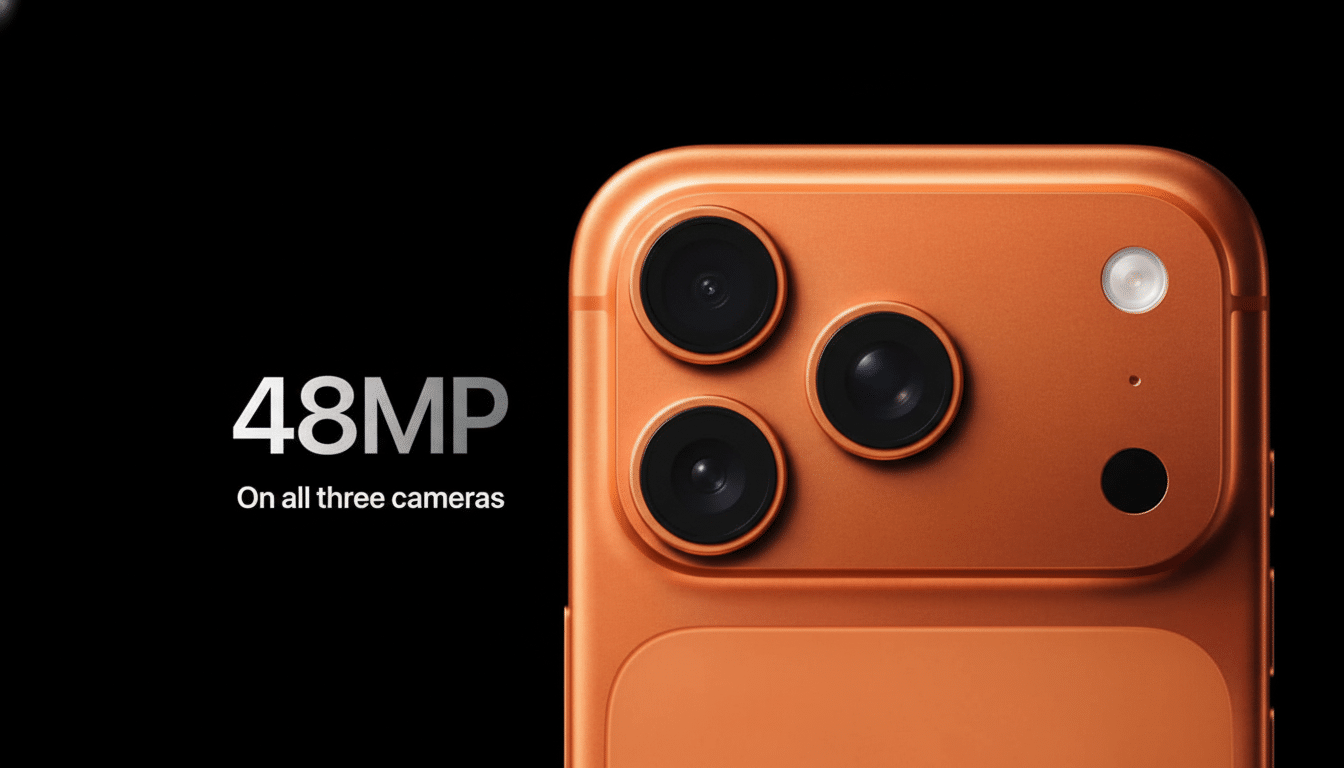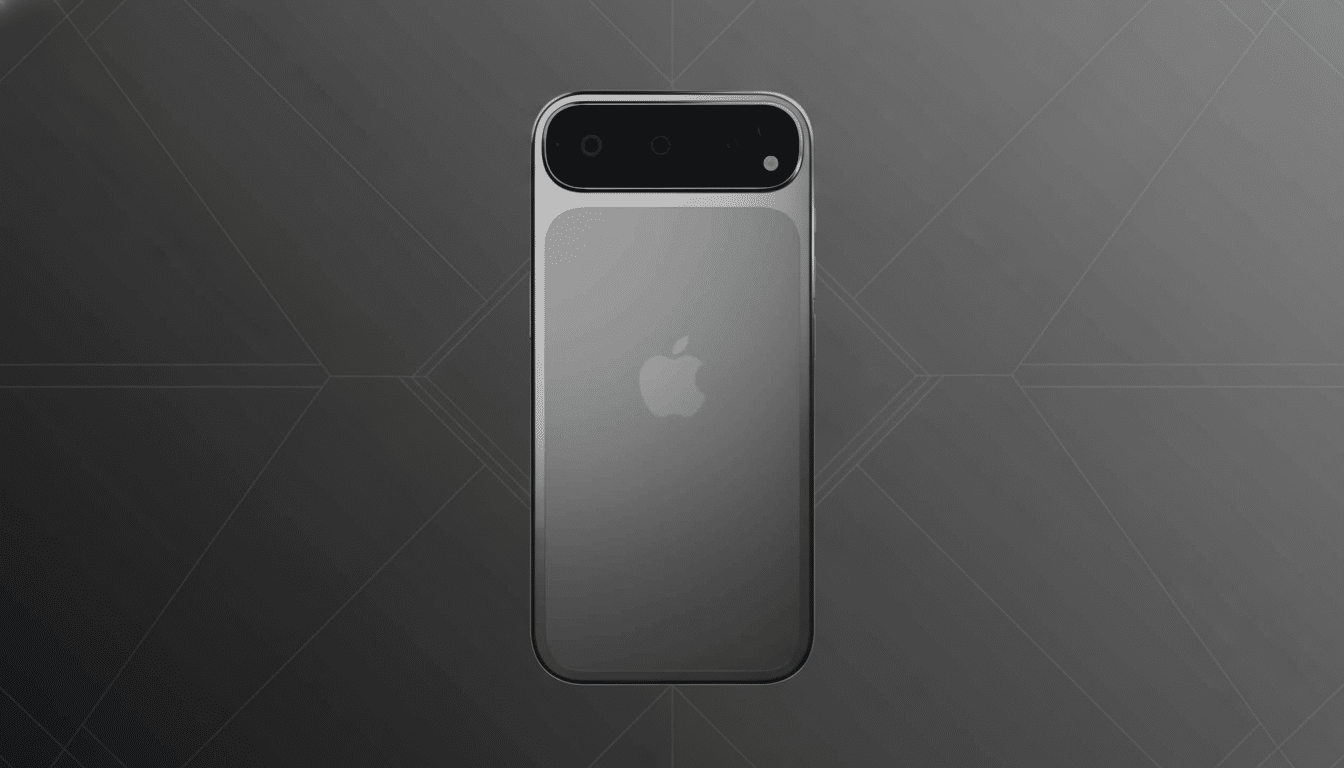A six-pound stainless steel phone case is gambling that it’ll take discomfort, not dopamine detoxes, to kick the screen habit once and for all. The crowdfunded accessory, developed by a team that has christened itself Matter Neuroscience, essentially turns your handheld into a mini dumbbell to ensure that every tap, swipe and doomscrolling is as physically taxing as possible.
What the Six-Pound Case Does Do, In Fact
The contraption’s design could be described as intentionally brutalist: It is a thick steel slab with the silhouette of a retro “brick phone” that encases your smartphone. The phone is held tight by four screws, so you need a set of Allen keys to loosen that baby. It still exposes the display, buttons and cameras, but that additional mass and bulk means one-handed use is out of the question and pockets aren’t happening either.

It works with iPhone 13 up to the 17, Pro and Pro Max versions included. The pitch is straightforward: clasp a 2.7kg rectangle for long enough and your grip, wrist and forearm will rebel — in doing so triggering the kind of feedback loop that will gently encourage you to put the device down. In other words, it is a weaponization of inconvenience.
The Behavioral Science Bet Behind Added Friction
“Adding ‘friction’ is an established approach to behavior change. The model of the Stanford researcher BJ Fogg says that a behavior occurs when motivation, ability and a prompt are present at the same time; take away ability by ramping up effort, and the behavior will usually fall away. Governments and corporations have employed small nudges — from opt-out defaults to extra clicks — to influence choices. It’s the same idea, only the friction is physical and severe.”
The founders say a note of strain acts as instant negative feedback. This is consistent with old-school operant conditioning: If every minute we spend on social media singes our forearm, the habit becomes a lot less rewarding. It’s a provocative, point-counterpoint to the friction-free design of apps custom-engineered for infinite scroll and instant gratification.
There’s definitely plenty of problems to aim at. Data from data.ai’s State of Mobile report reveals that people in top markets use mobile devices for more than five hours a day. The Pew Research Center reports that about half of U.S. teens say they are online “almost constantly,” and many lament they spend too much time on their phones. Software controls — Apple’s Screen Time and Google Digital Wellbeing — assist some people, but long-term compliance is spotty.
Does Physical Pain Trump Digital Nudges?
Matter Neuroscience says first users experienced large reductions in screen time — however, independent peer-reviewed evidence is still pending. That caveat matters. Previous research from the University of Chicago shows that demanding cognitive tasks can be sapped just by having a phone present, which suggests presence has physicality. Make a device hard to hold, and that effect might be magnified, but strong trials would be required if we were to move from anecdotes to evidence.
In contrast to grayscale modes, app timers or timed lock boxes, this intervention targets the habit loop at the level of sensation. You can defeat a timer, or spurn a nudge, but you cannot haggle with the burning forearm. The question is whether users will be comfortable with that trade-off once the novelty wears off.

Ergonomics and Safety Questions Around a Heavy Case
Bring in a six-pound slab, and practical concerns present themselves. Ergonomists and the American Society of Hand Therapists sound the alarm about repetitive injuries from extended device use at normal weights. Tack on a few pounds and the potential for wrist, elbow or shoulder strain rises — especially in odd positions or over long hauls. Drop risk is nontrivial as well; that much of a device can hurt floors or feet.
If used mindfully — on a desk, in short bursts, and never while walking — the case might be safer. But that’s exactly the point, to make casual use anywhere unpleasant, so many buyers are likely to park their phones on tables and leave more often. That’s arguably a model to aspire to — just not one the nation can lunge directly toward.
Price, Crowdfunding, and Transparency for the Case
The case appears on the website at $209, a price point the team points out is break-even with material costs, machine time, tariffs and import duties. They argue that domestic construction would be even more expensive. The crowdfunding target is $75,000 — an undersized goal for hardware but nothing to sneeze at for a niche accessory. Like any campaign, backers should remember that pledges are not retail preorders and timelines can shift.
On transparency, the creators have given us a line-item view of costs and manufacturing assumptions, which is a good sign in this notoriously rosy category. Even if funded, ramping a scaled precision-machined steel product would still be a challenge.
A Gimmick or a Useful Speed Bump for Screen Time
Whether or not a six-pound case seems ridiculous, it reveals an important idea: Deliberate friction can disrupt automatic habits better than gentle reminders can. For some, a heavy case; for others, it could be a charging dock in another room, grayscale mode, or strict app limits held by accountability partners.
In the end, the best intervention is one you’ll use. If the prospect of a sore wrist is what finally pries eyes away from the feed, this brutalist accessory might be the weirdest-yet-smartest phone add-on you’ll see all year.

